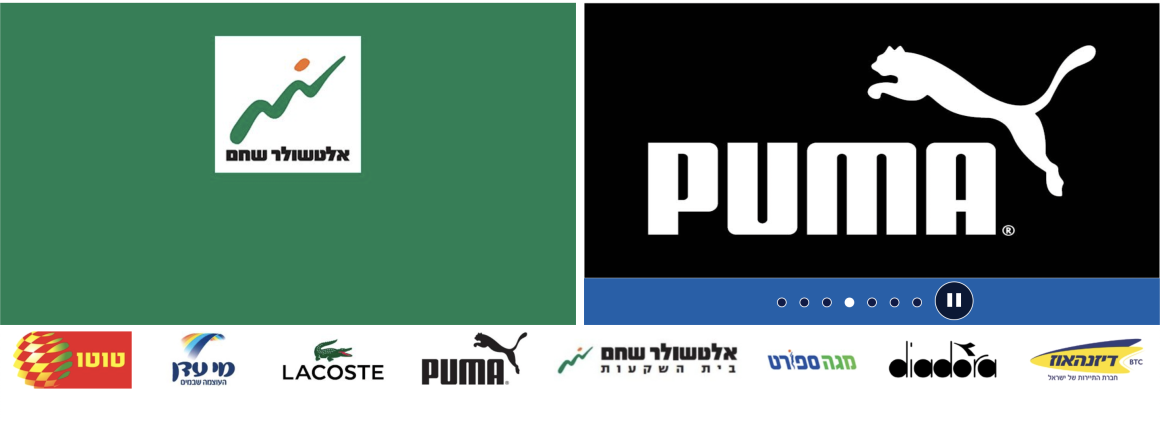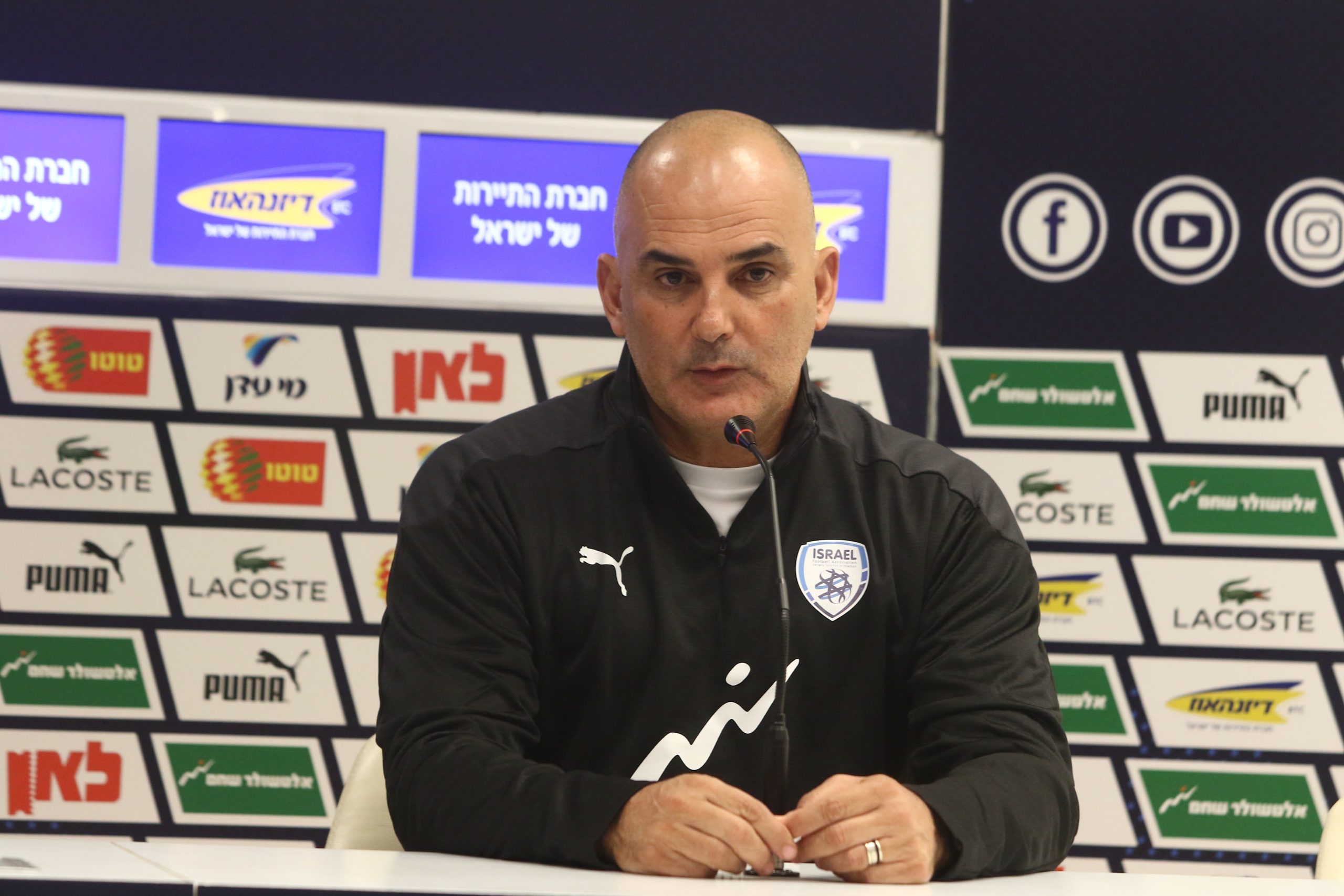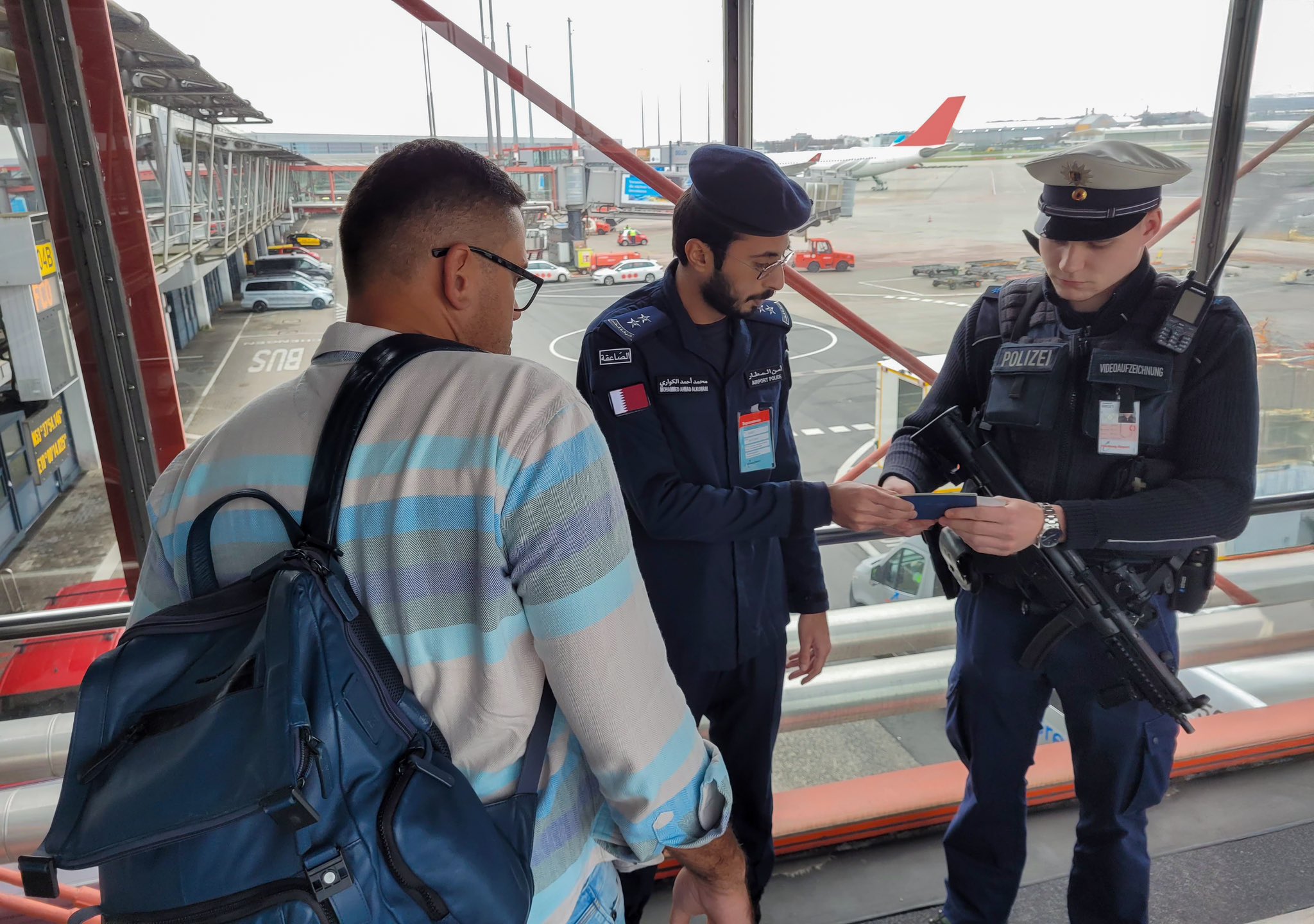From sponsoring the Israel Football Association to funding Israeli organisations and censoring Palestinian artists, the french brand is a renown supporter of the colonial apartheid state of Israel.
When people hear the word ‘Lacoste’, they often immediately think of the brand’s iconic crocodile, or even tennis. What they don’t think of, is the ethnic cleansing of Palestine.
Palestinian organisation Boycott4Pal shared an instagram post earlier this week explaining why and how Lacoste supports and funds Israel, among renewed calls to boycott the french luxury brand.
In the post, Boycott4Pal detailed the history of Lacoste’s hand in the Israeli occupation of Palestine, highlighting its links to the Israel Football Association.

Lacoste stands alongside Puma on the list of sponsors for the Israel Football Association, which includes teams in Israel’s illegal settlements on occupied Palestinian land.
The company’s logo is often visible during the association’s press conferences, and the French company is listed among the sponsors on the official website of the IFA.
According to Human Rights Watch’s documentation, the IFA includes football teams based in illegal Israeli settlements on occupied Palestinian territory.
Israeli settlements are illegal land grabbing operations that are a crucial component of Israel’s infrastructure of colonial occupation, driving indigenous Palestinian families from their homes, robbing them of their natural resources, and restricting their freedom of movement.

With Lacoste’s support of the IFA, Israel’s settlement regime is able to continue and grow while being directly involved in human rights and international law violations.
Despite being repeatedly denounced by UN advisors, numerous elected officials, civil society and human rights organisations, the IFA has refused to take action to end its complicity.
Close ties to Israel
The CEO of Maus Frères SA, a family-owned holding company with stakes in several retail brands, is a Swiss national named Philippe Nordmann. Devanlay, a French textile company owned by Maus, is a 35% shareholder in Lacoste SA.
According to the Lacoste company press kit, the Lacoste family directly owns the remaining 65% of Lacoste SA.
Devanlay holds the licence for the Lacoste brand in the US and is the global manufacturer and distributor of Lacoste’s clothing.
Nordmann, a direct descendant of Maus Frères SA’s founder, has made significant contributions to Israeli and Zionist causes.
He served on the international board of directors for the Shimon Peres Center for Peace and was almost certainly a donor to that institution. Shimon Peres was the ninth Israeli president.
Nordmann was given the Beautiful Israel Yakir council’s “Distinguished Citizen’s” award in 2012.
The council honours people, groups, institutions, and industrial facilities that have worked on initiatives to enhance the environment and people’s quality of life.
Censoring Palestinian artists
Lacoste was at the heart of a scandal in 2011, after the upscale French clothing retailer demanded that a piece by Palestinian artist Larissa Sansour be taken out of the running for the €25,000 Lacoste Elysee Prize, which was given by the Swiss Musee de l’Elysee with funding from the company.
Sansour was one of eight finalists who made the 2011 prize shortlist. Lacoste stated their refusal to support Sansour’s work, labelling it “too pro-Palestinian,” according to a press release issued by Sansour.
Sansour was born in Bethlehem in the occupied West Bank and now resides in London. The 2011 press release she issued states:
“As a nominee, Sansour was awarded a bursary of €4,000 and given carte blanche to produce a portfolio of images for the final judging. In November 2011, three photos for Sansour’s Nation Estate project were accepted, and she was congratulated by the prize administrators on her work and professionalism. Sansour’s name was included on all the literature relating to the prize and on the website as an official nominee. Her name has since been removed, just as her project has been withdrawn from an upcoming issue of contemporary art magazine ArtReview introducing the nominated artists.”
Sansour was asked to approve a statement claiming that she withdrew from her nomination “in order to pursue other opportunities” in an effort to conceal the real reason for her termination. Sansour refused.







